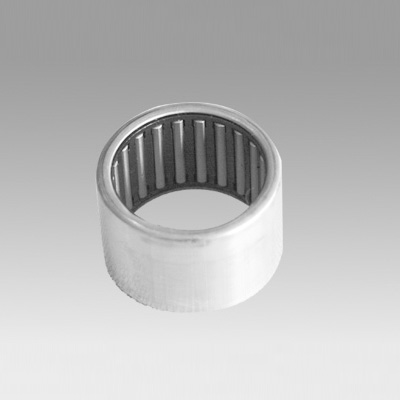
Sep . 03, 2024 00:44 Back to list
taper roller bearing number
Understanding Taper Roller Bearing Numbers
Taper roller bearings are essential components in various mechanical applications, particularly in the automotive and industrial machinery sectors. They are designed to support both radial and axial loads, making them versatile in functionality. A crucial aspect of these bearings is their identification through a specific numbering system, which encodes important information about their dimensions and design characteristics.
The numbering system for taper roller bearings is standardized by organizations like the International Organization for Standardization (ISO) and the American National Standards Institute (ANSI)
. A typical taper roller bearing number consists of a series of alphanumeric characters that indicate the bearing's type, size, and design features. For instance, a common format might look like L68149/L68110, where the first part identifies the inner race, and the second part denotes the outer race.The first few digits in a taper roller bearing number often specify the series and size of the bearing. For example, the prefix L can signify a specific design series that corresponds to particular load capacities and sizes. Each manufacturer may have variations, so understanding the general structure is crucial for selection and replacement.
The dimensions of taper roller bearings are essential for their performance. The roller elements are conically shaped, allowing them to roll smoothly while accommodating both axial and radial forces. The taper angles are critical in determining how these loads are handled. Therefore, the bearing number will also reflect these measurements, aiding engineers and technicians in selecting the appropriate bearing for their applications.
taper roller bearing number

One of the most significant benefits of using the numbering system is simplicity in sourcing and replacing bearings. When equipment fails or requires maintenance, technicians can quickly identify the exact bearing needed by referencing the number. This efficiency is particularly important in industries where downtime can lead to substantial financial losses.
Additionally, the compatibility of taper roller bearings with their housings and shafts is often indicated within the bearing number. This ensures that users can find bearings that will fit correctly, thereby enhancing the reliability and longevity of machinery. For instance, specific designations within the bearing number might imply modifications such as increased load capacity or enhanced sealing features.
It's important to note that while the standardization helps in identifying taper roller bearings, variations do exist among different manufacturers. Thus, it's advisable to refer to the manufacturer’s catalog or guidelines for precise specifications. Understanding the bearing number also facilitates communication within the industry, allowing for a common language that reduces error in purchasing and maintenance activities.
In conclusion, taper roller bearing numbers are not just arbitrary codes; they are a comprehensive system that conveys critical information about the bearing's specifications and suitability for various applications. By familiarizing oneself with these numbers, engineers, technicians, and maintenance personnel can ensure they make informed choices that contribute to the efficiency and durability of their machinery.
Latest news
-
Durable Scaffolding Clamps - Secure & Reliable Tube Connectors
NewsAug.28,2025
-
Common Failures in Thrust Ball Bearings and Solutions
NewsAug.22,2025
-
How Tapered Roller Bearings Can Take Shock Loads
NewsAug.22,2025
-
Angular Bearings in High-Precision Spindles
NewsAug.22,2025
-
The Impact of Misalignment on Cylindrical Roller Bearing Performance
NewsAug.22,2025
-
The Role of Cage Design in Deep Groove Ball Bearing Durability
NewsAug.22,2025
